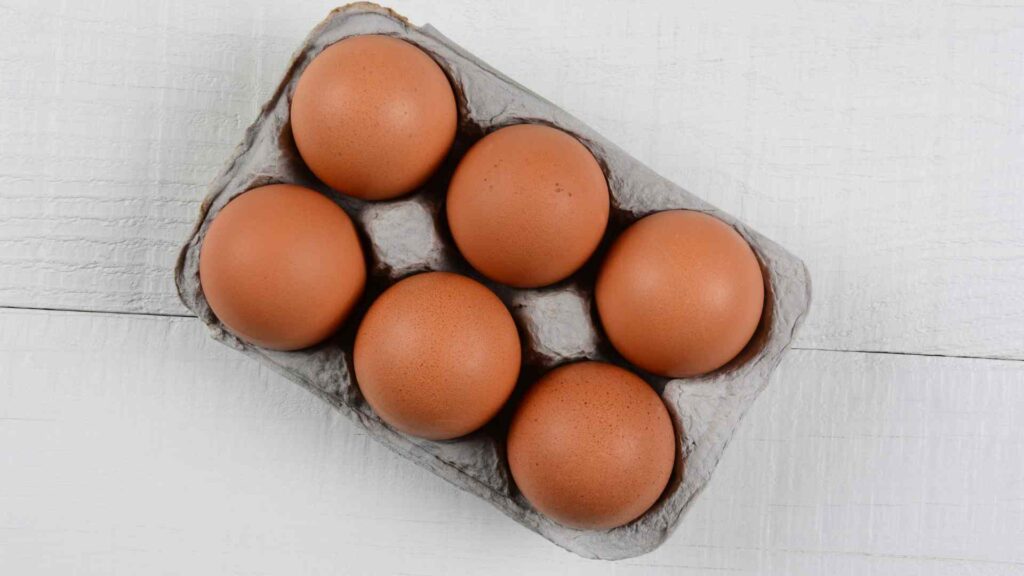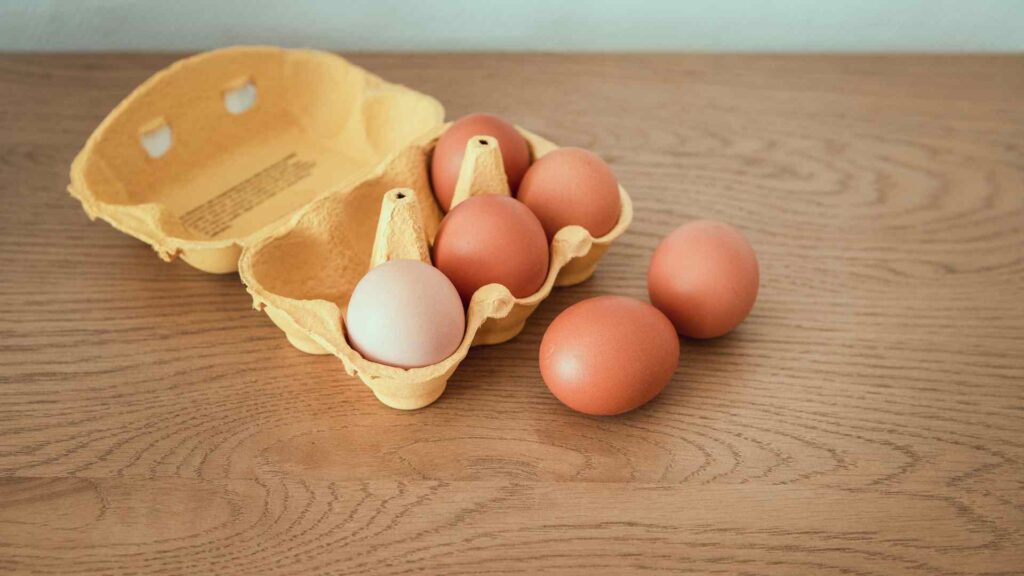The “I Have 6 Eggs” riddle has taken the internet by storm, sparking debates, laughter, and confusion. Its deceptively simple premise hides layers of complexity that challenge both logic and interpretation.
In this comprehensive guide, we’ll dissect the riddle, explain its appeal, and reveal how to solve it step-by-step.
What is the “I Have 6 Eggs” Riddle?
The “I Have 6 Eggs” riddle is a short brain teaser designed to test your reasoning skills. It typically goes like this:
“I have 6 eggs. I break 2, I cook 2, and I eat 2. How many eggs do I have left?”
At first glance, the riddle seems straightforward, but its phrasing creates room for multiple interpretations.

Why is it So Popular?
This riddle stands out for its simplicity and ability to spark debates.
Its popularity is fueled by social media platforms, where users love sharing challenges that encourage logical thinking.
- Appeal to All Ages: It’s easy to share with friends, children, and coworkers.
- Short Yet Intriguing: The brevity ensures it grabs attention instantly.
- Room for Interpretation: Its clever wording leads to various answers, sparking discussions.
Understanding the Structure of the Riddle
The riddle is crafted with deliberate ambiguity, requiring close attention to wording. Here’s a breakdown:
- Number of Eggs Mentioned: It starts with six eggs.
- Actions Performed: Breaking, cooking, and eating are treated as sequential actions.
- Key Question: The ambiguity lies in interpreting what “left” refers to.
Common Misinterpretations
People often misunderstand the riddle due to assumptions. Let’s address some misconceptions:
- Breaking Equals Consuming: Many assume broken eggs are gone, which isn’t explicitly stated.
- Sequential Events: Some think actions like cooking involve all the eggs.
- Ignoring Remaining Eggs: Overlooking the unbroken eggs leads to the wrong answer.

Step-by-Step Breakdown of the Solution
To solve the riddle, approach it logically:
- Start with Six Eggs: This is the initial count.
- Break Two Eggs: This leaves you with four unbroken eggs.
- Cook Two Eggs: These could be the same two broken eggs, leaving the count unchanged.
- Eat Two Eggs: Again, these are likely the same two cooked eggs.
Thus, you still have four eggs left: the unbroken ones.
Why the Answer Isn’t Always Obvious
The answer depends on interpreting the sequence of actions and whether the eggs overlap across the steps. Let’s consider alternate viewpoints:
- All Actions are Separate: If breaking, cooking, and eating involve different eggs, fewer remain.
- Focus on Unbroken Eggs: The riddle’s structure implies only unbroken eggs count as “left.”
Psychology Behind the Riddle’s Appeal
The riddle’s charm lies in its ability to confound expectations. Its phrasing plays on:
- Cognitive Bias: We often rush to conclusions without analyzing details.
- Linguistic Ambiguity: Words like “left” can have multiple interpretations.
- Mental Visualization: Imagining the process helps clarify the solution.
The Role of Logic and Semantics
To tackle such riddles effectively, consider these tips:
- Focus on Wording: Each word in the riddle matters.
- Visualize the Scenario: Mentally simulate the actions described.
- Avoid Assumptions: Don’t infer details not explicitly stated.

How to Use the Riddle for Learning and Fun
This riddle isn’t just entertaining—it’s educational. It helps develop critical thinking and problem-solving skills.
- Teach Logical Reasoning: Use it in classrooms or workshops.
- Icebreaker Activities: Share it in social or professional gatherings.
- Brain Teasers for Kids: Encourage children to think critically.
Variations of the Riddle
Over time, variations of the riddle have emerged, adding complexity:
- Changing the Numbers: Adjusting the starting count changes the solution.
- Additional Actions: Including more steps increases the challenge.
- Alternative Scenarios: Using items other than eggs adds diversity.
The Cultural Impact of Viral Riddles
Riddles like “I Have 6 Eggs” are more than puzzles—they reflect how we engage with language and logic in a digital age.
- Memes and Social Media: Platforms like TikTok amplify their reach.
- Universal Accessibility: Riddles cross cultural and linguistic barriers.
- Community Engagement: They encourage collaborative problem-solving.
Examples of Similar Riddles
If you enjoyed the “I Have 6 Eggs” riddle, try these:
- “I am not alive, but I grow. What am I?”
- “The more you take, the more you leave behind. What are they?”
- “What has keys but can’t open locks?”
Frequently Asked Questions
What is the correct answer to the riddle?
The answer is four eggs. The two broken, cooked, and eaten eggs are the same, leaving four unbroken eggs.
Why do people interpret the riddle differently?
The riddle’s ambiguous phrasing leads to varied interpretations, often based on assumptions.
Is this riddle suitable for kids?
Yes, it’s a great way to encourage critical thinking in children.
How do viral riddles like this one spread?
Social media platforms play a significant role in spreading such riddles due to their shareable nature.
Are there other riddles like this?
Yes, many riddles follow a similar format, combining simplicity with ambiguity.
What skills can solving riddles improve?
They enhance logic, attention to detail, and creative problem-solving skills.
Conclusion
The “I Have 6 Eggs” riddle is a timeless example of how language and logic intersect to create an engaging challenge.
Its viral popularity speaks to our love for puzzles that stimulate thought and spark debate. Whether you’re solving it alone or with friends, it’s sure to bring a smile to your face.
